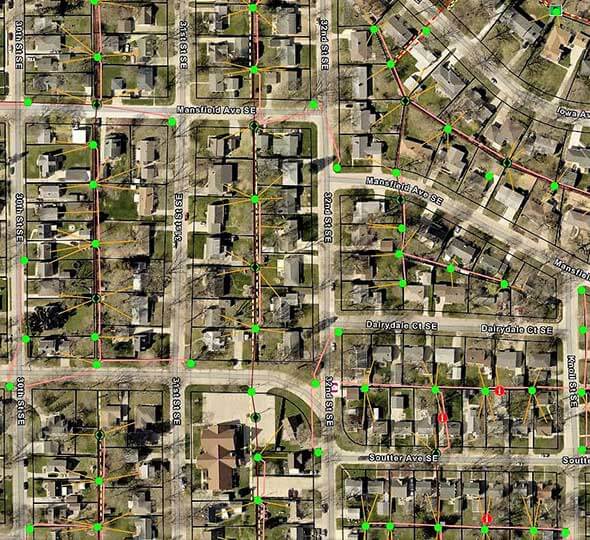Additional Evaluation in Preliminary Design Stage Can Reduce Costs and Keep Your Project on Schedule

July 31, 2020
One of the most common questions we receive from our clients is: What’s the value of doing additional evaluations during the preliminary design stage?
We understand why we’re often asked this question. When developers are doing preliminary designs for renewable projects, they want to get into the interconnection queue as quickly as possible. Feeling pressured to get their project moving without delay, developers make fast decisions on what equipment to use, what reactive power compensation equipment to install, and other preliminary design strategies. That’s when they turn to what they’ve done in the past, which may not necessarily be what’s best for their next project.
The decisions made in the preliminary design of a wind, solar, or energy storage project — even the small decisions — can have big and potentially negative consequences later in the project. Because all projects are unique, Ulteig strongly recommends conducting additional evaluations in the preliminary design stage to head off more extensive and costly changes that could negatively impact your schedule down the road. These evaluations can be completed quickly with little disruption to a developer’s timetable.
When our team works with developers in the preliminary design stages of a new project, we consider several factors as part of that evaluation process:
- Technology: Evaluate different technologies such as inverter manufacturers or models and purchased options to determine their potential impact on the project.
- Design Strategy: Evaluate choices such as overhead vs. underground cable, AC vs. DC coupling, optimal substation location, and project layout decisions.
- Reactive Power Flow: Perform load flow calculations to determine a good estimate for the number of inverters necessary or the sizing of capacitor/reactor banks based on selected equipment technology.
- Equipment Selection: Compare options for equipment, such as main power transformer, transmission line conductors, load tap changer, and others to determine the impact on things like electrical losses, project cost, and schedule.
By considering these factors in the very early stages of project design, the project will be better poised for success by minimizing the chances of restudy by the ISO or utility, which could create big delays later in the project schedule.
The key here is to eliminate surprises. For the short amount of time it takes to complete a preliminary evaluation on a new project, the value far exceeds the perceived costs of adding an extra step to the project design process. Fewer rounds of re-design and re-engineering, lower design costs, more accurate bids, and better materials and equipment selection will produce a more effective and more profitable product that is built to last longer.
Project development is fast-paced, and we understand that very well. At Ulteig, we help you evaluate your options using the time and money available to perform critical evaluations that we mutually agree to be of the highest priority, so you can be confident that your project design is heading on the right path.
Ulteig engineers are experts in planning and solving complex problems. Allow us to put our expertise to work in creating well-designed plans for your next transmission and distribution project.
By Tahnee Miller, Engineering Supervisor in Transmission & Distribution
 Tahnee Miller is an Engineering Supervisor in the Transmission & Distribution Division of Ulteig. Ms. Miller has more than 11 years of experience in electrical engineering. She received her BSEE and Master’s in Electrical Engineering from the University of Minnesota.
Tahnee Miller is an Engineering Supervisor in the Transmission & Distribution Division of Ulteig. Ms. Miller has more than 11 years of experience in electrical engineering. She received her BSEE and Master’s in Electrical Engineering from the University of Minnesota.
WHAT MAKES ULTEIG DIFFERENT?
From global energy producers to locally funded cities and private developers to government agencies, the clients we serve encompass a broad range of relationships and projects. Find out why Ulteig is a leader in the engineering industry.
Contact Us

